All About Afghan Shepherds
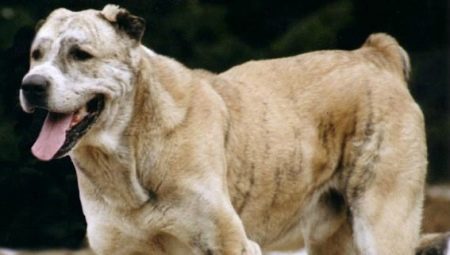
Afghan Shepherd Dogs are called one of the oldest breeds. Confusion often arises in the definitions: Afghan Shepherd Dog, Afghan Hound, Sage Koche (Kuchi) - are these the names of the same breed or are they all representatives of different breeds? Let's try to figure out how they differ.
Description
Sage Koche (Afghan Shepherd Dog) is a little-known ancestor of the modern Central Asian Shepherd Dog - Alabay. The weight of these dogs varies in a wide range from 38 to 80 kg, the "fork" of growth is also variable - from 66 to 90 cm at the withers.

The Persian name of the breed is "kuti", "heaps", it has nothing to do with the pampered and graceful Afghan hound. It is enough to look at these two dogs, and the differences between them become visible to the naked eye.
Sage koche is called the "Afghan wolfhound" for its warlike character, enormous physical strength and power and ruthlessness in battle with the enemy.
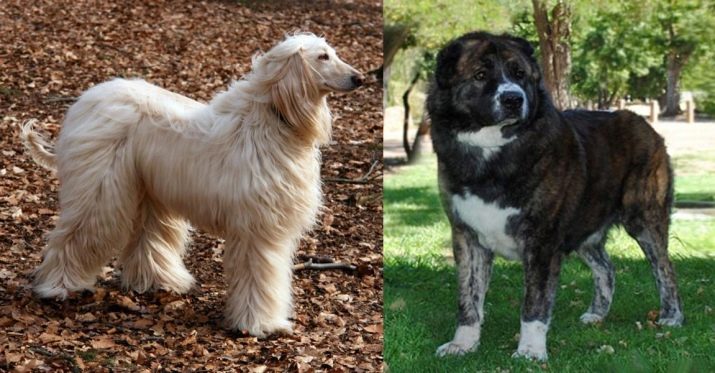
The breed has lived in Central Asia since ancient times, and is perfectly adapted to the harsh climate conditions. The breed has practically not undergone selection, it is truly "pure". Representatives of the koche sage are of the mountain, steppe and desert types, depending on the initial living conditions.
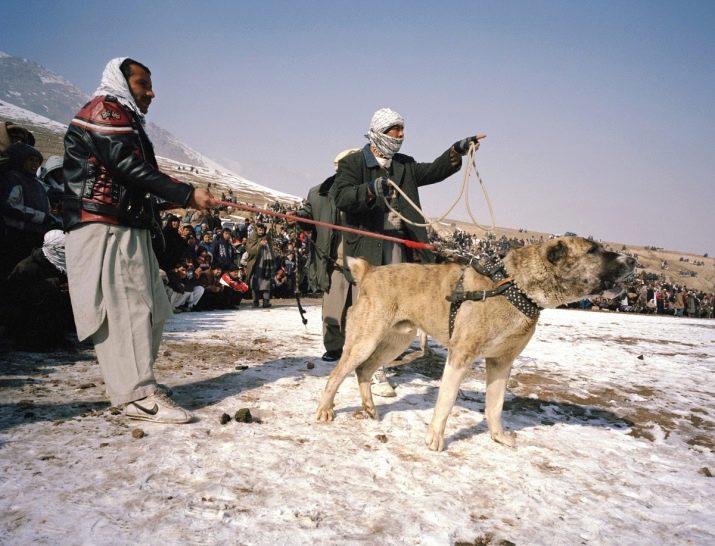
Each type has its own physique. These dogs are very tough, tough and independent, of course, they are now much more socialized than before, however, before adopting such a pet, you should think carefully.
Novice breeders are unlikely to be able to cope with the upbringing and training of such a self-sufficient and strong animal.
Sage koche are large dogs with a hard coat. Their necks are long and strong, their ears are cropped, as are their tails.
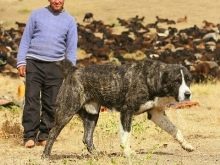
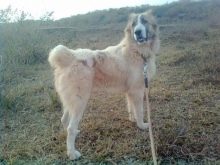
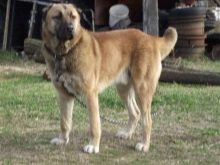
In addition to wool, representatives of the desert type have a strong undercoat, while the steppe sage koche are distinguished by their elongated wool. Mountain dogs are broad-boned, and steppe dogs are lighter and more graceful.
The breed has not yet been recognized as an independent breed, therefore, as such, it does not have a standard.
The color and type of coat can be different, the head can have different shapes and sizes. Common features of the breed are:
- great physical strength;
- tirelessness in moving on uncomfortable surfaces - mountains, sand, hills;
- the presence of a suspension in the neck.
Although the coat of the koche sage is thick, it does not need to be looked after very carefully.
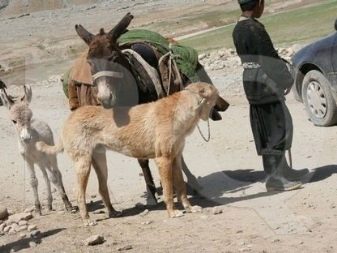
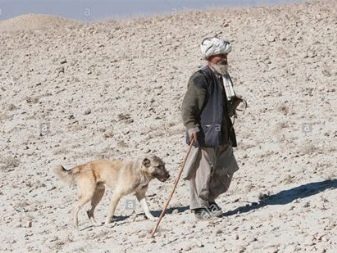
Since dogs are adapted to living in the open air, their appearance is the result of such living. The only human intervention in the appearance of these four-legged is cropping of ears almost "to zero" and tail by 1/3 of the length.
Pros and cons of the breed
The advantages of the Afghan Shepherd are undoubtedly such qualities as:
- excellent health;
- undemanding care;
- excellent sentry and security qualities;
- remarkable strength and endurance.
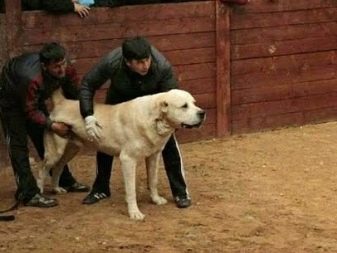
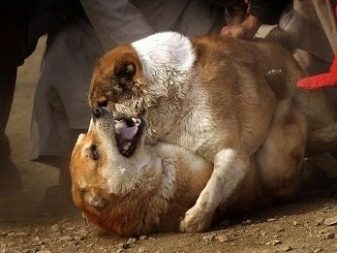
The disadvantages, but rather the characteristics of the breed, include:
- the need for early socialization and constant communication with the owner;
- aggressiveness, intolerance towards strangers, even if the dog is socialized;
- "Loud" breed, the dog barks, howls, growls;
- cannot remain alone, the dog becomes aggressive and angry;
- you cannot keep dogs in the apartment, only a fenced area in a private house will do.
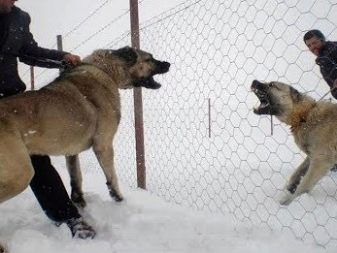
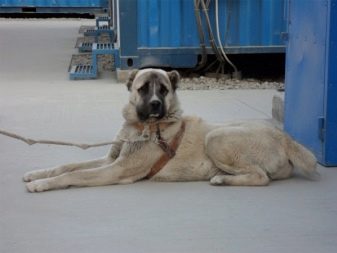
Character traits
By the nature and temperament of the Sage Koche breed dogs fully correspond to the conditions in which they have historically lived. They are independent, poised and fearless. In battle, merciless, aggressive towards strangers, often show stubbornness even in relation to their own master. At the same time, they are loyal and strongly attached to the owner and members of his family.
Despite the fact that they guard their "flock" and will not give offense, one should not risk leaving them unattended with children, especially small ones.

Also, you should not allow collisions and fights of Afghan Shepherds with other members of the canine family. The koche saga needs a lot of communication with the owner, otherwise he will become uncontrollable and aggressive.
This is a very talkative breed., such dogs show their joy and sadness through barking, growling, howling and other sounds. Unusual people can be frightened by such "vocals".

In order to properly study the characteristics of the character and temperament of his pet, the owner needs to be with him as much time as possible.
The difference between this breed and the Alabai is that it is contraindicated for them to live in an apartment.
Due to genetically inherent aggression towards all people who are not family members, as well as animals, walking with him will be almost impossible.
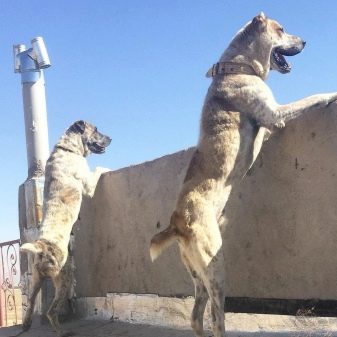
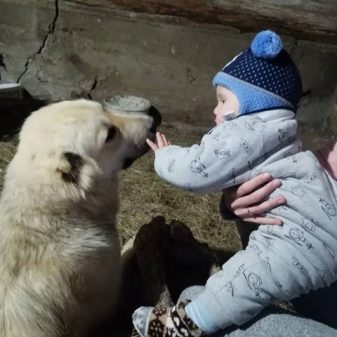
In addition, it will be simply impossible for an outsider to enter the apartment, the saga will be against it, and it’s good if the dog only barks at the guest.
The dog determines the boundaries of the protected area himself. And very often it is not only a house, a yard and a fenced area. To people who have not seen such dogs before, they may seem drowsy and slow, but this is not the case. The apparent relaxation of the dog only indicates that he accumulates strength to "jerk" from the spot with the speed of lightning, if he decides that a stranger is approaching the house
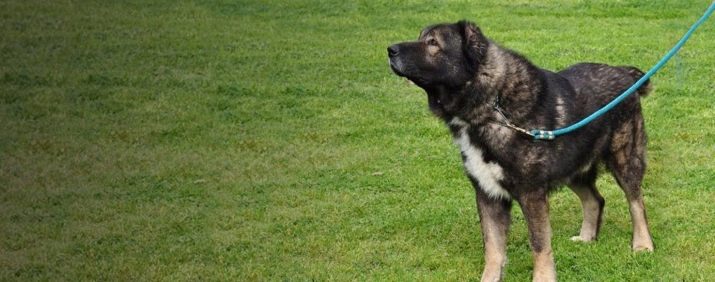
Koche sage attack is swift and powerful, therefore if you are not confident in your own abilities, do not go to the houses where the koche sage live.
How to choose?
There are only 2 sage koche kennels in the world. For example, from European countries only Germany can offer puppies of this breed for sale. The German kennel is periodically replenished with dogs from Afghanistan, this is done in order to preserve the purity of the breed.
There are no more nurseries in the world - you need to go to Germany or Afghanistan.
The cost of a sage koche puppy starts at 18.5 thousand rubles (2019). This is if you make a purchase in Afghanistan.
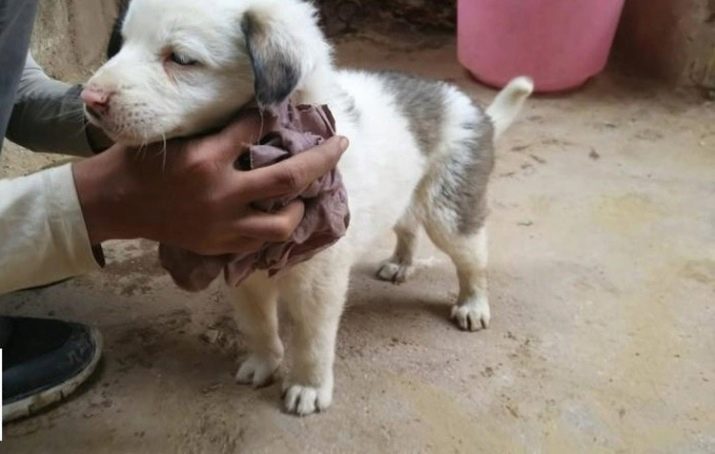
And in a German nursery the price is 3-4 times higher. You also need to agree with the breeder on the purchase of a puppy specifically in Russia, since they do not always agree to this.
The shepherds of Afghanistan chose and continue to choose sage koche puppies like this: they sit in front of each of them on their haunches and do clap with their palms right in front of the baby's nose.
The choice depends on the reaction of the puppy. If he whines, crawls back, or runs away, this is a poor defender. If, without batting an eye, he looks - good. And if he is brave enough to bark - great.
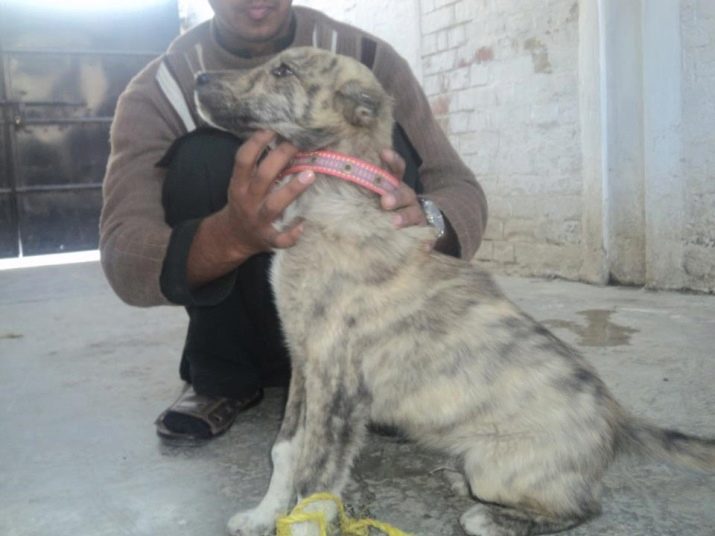
Content rules
This dog was not created either for living in a city apartment, or for sitting on a chain (not a single dog was created for a chain).
If a closed enclosure is chosen as a "shelter" for the Afghan Shepherd, it should be large and spacious.
It is much better for the animal to go out and run around the area at night.
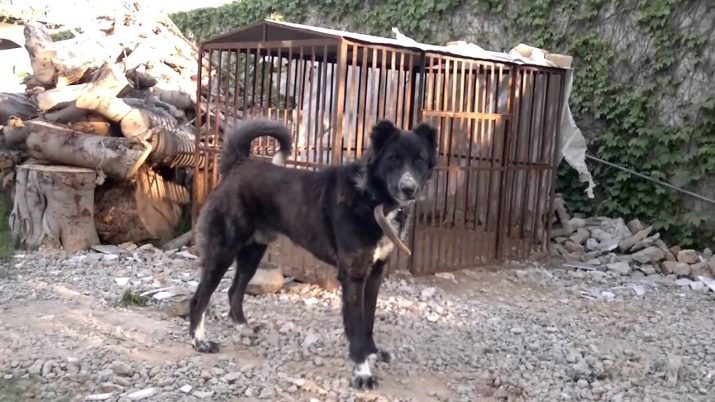
Of course, the area around the house must be reliably fenced, otherwise strangers may suffer, whom the dog will mistake for strangers and attack.
It is not particularly necessary to care for the saga of the koche - the necessary vaccinations, antiparasitic measures, anti-mite treatment will be sufficient.
Regularly (every day) you need to examine the eyes and ears of the dog, but the puppy should be taught to these procedures. An adult dog will not understand the owner's manipulations and will get angry.
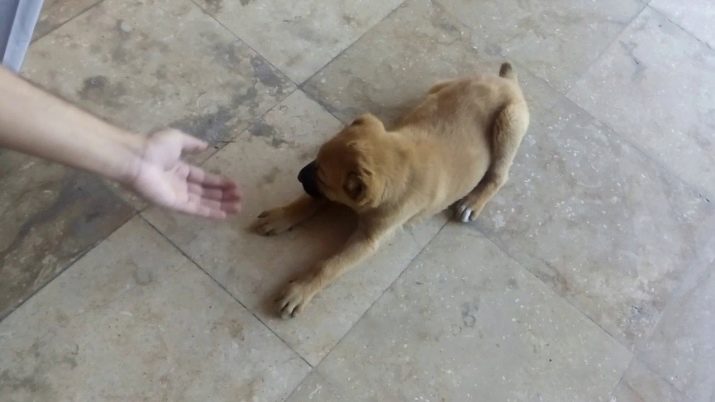
If the dog enters the house, it is necessary to wipe its paws (and it is also advisable to teach it to do this at puppyhood).
What the shepherd really needs is communication.
You need to spend a lot of time with her, she cannot be alone.
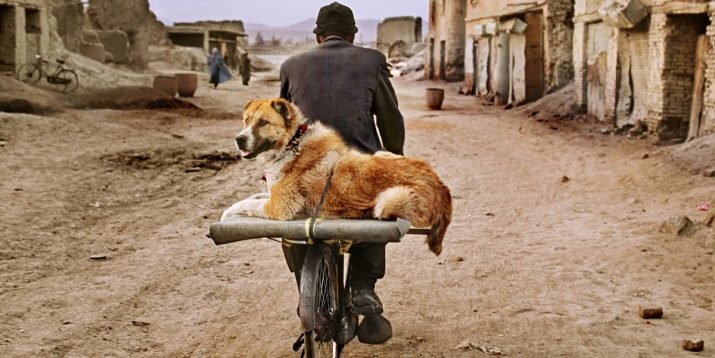
If you do not pay attention to this animal for a long time, then aggression and strength will prevail in him over common sense and obedience.
Nutrition
Representatives of the breed are absolutely unpretentious in food. Indeed, since ancient times, their food was like a camel's - to eat, how and what happens, and drink when possible. The dogs accompanied the caravans and were accustomed to a very meager selection of food. Survival was provided only for the strongest and most unpretentious animals.
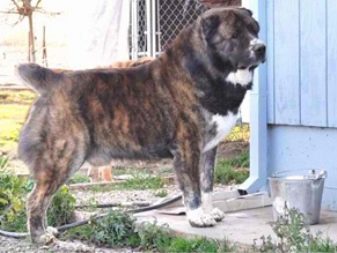
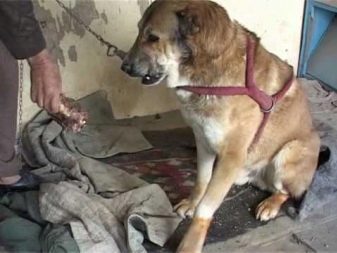
This does not mean that modern sagas should be kept on bread and water. They must have constant access to clean drinking water and eat regularly and satisfyingly.
The more physical activity a dog regularly exercises, the more protein (i.e. meat) it needs. Otherwise, it will be difficult for her to maintain her excellent health at the proper level.
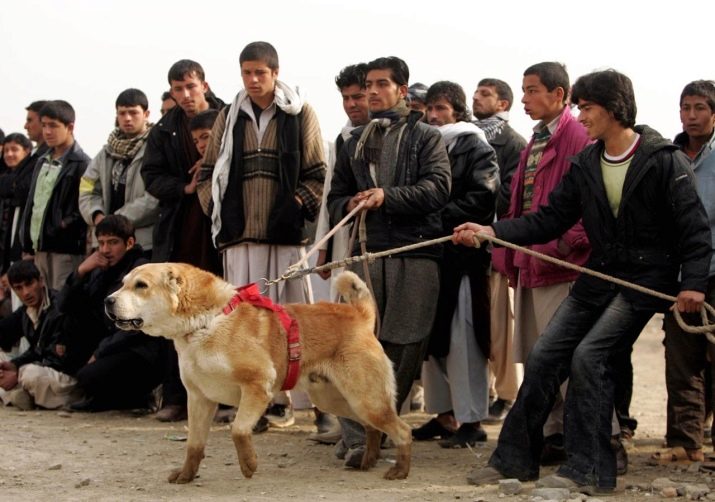
If the owner wants to transfer the dog to dry food, it must be a good, expensive composition of the "holistic" category.
Hygiene
Since the Sage Koche is an outdoor breed, it does not need frequent hygiene procedures. However, as it gets dirty (for example, slushy in autumn and spring), the dog needs to wash its paws, and if it lives in the house, then after every walk.
If the dog lives on the street, in a closed, warm enclosure, bathing is undesirable before the onset of warmth, because even his legendary health can save him from a cold.
Basically, representatives of the breed live in Afghanistan.
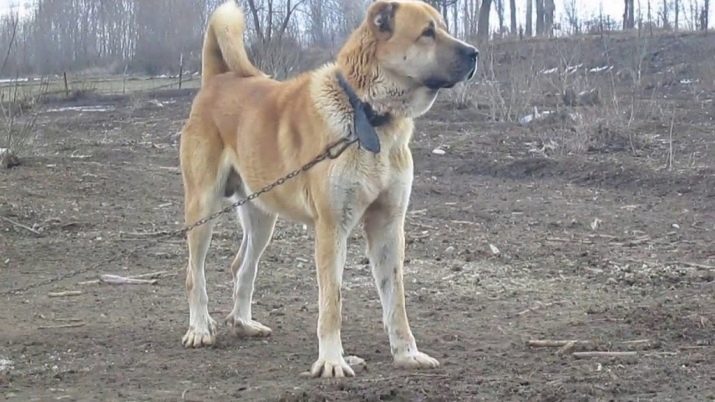
Russians are more likely to have Alabaevs. Combing wool is necessary 2-3 times a week, physical activity - daily. If a dog participates in an exhibition, before starting it, you need to wash the dog with a special dry shampoo.
Training
The problem of training and educating the Afghan Shepherd is one - the independence of the dog's nature. She is loyal to the owner, loves him, but she has big problems with obedience. And if you remember what physical strength this breed has, and how tough its character is, then it will be very difficult for a novice breeder to cope with the dog. The owner must explain who is in charge of the house once - clearly and strictly.
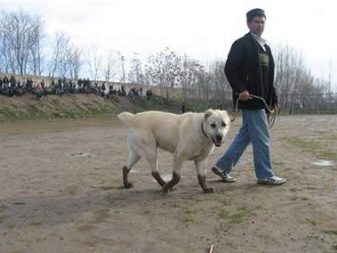

Previously, the dog was advised to beat, and the advice came from the dog handlers. Cruelty to animals is now unacceptable.Explain your leadership position through words and intonation.
If the owner cannot explain to the dog in words that he is in charge, perhaps he should not start the koche saga.
This breed needs constant physical activity as it has become accustomed to it historically. Urban conditions are not suitable for this.
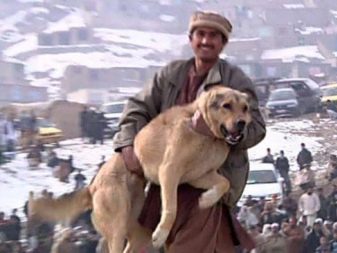
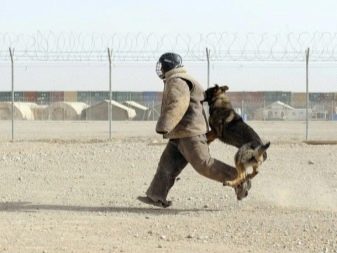
Therefore, the dog needs to be kept only in a private house with a large fenced areawhere the dog can move a lot without harming others by its activity. Classes with a professional dog handler should be regular from an early age.
A small video from the Tajik kennel about the Saga Koch (Afghan Shepherd Dog) can be seen below.






































